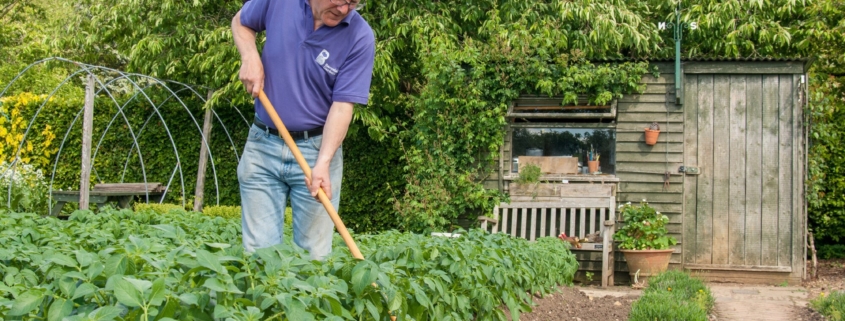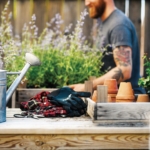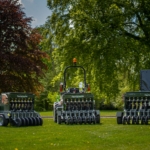Peat free? No problem! Top tips from Nick Hamilton of Barnsdale Gardens
Peat…it’s always in the news! With the Defra ban on peat for use in the amateur gardening sector now underway, gardeners have to now re-think how they grow their plants in the most sustainable and peat-free way.
This is nothing new for the Barnsdale Gardens team, who have been growing in a peat-free compost for over 30 years and have had great success with the wide range of plants using this peat-free medium. The founder of Barnsdale and the ‘peoples gardener’ Geoff Hamilton was a pioneer in organic gardening using peat and chemical-free techniques. This has continued under the leadership of Nick Hamilton and the gardens at Barnsdale remain an outstanding example of these organic principles today.
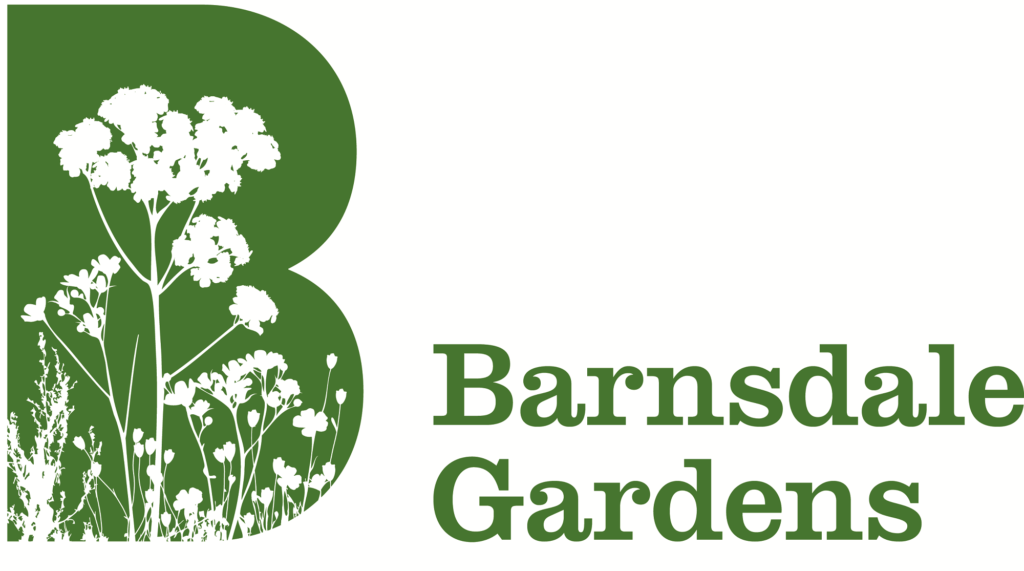
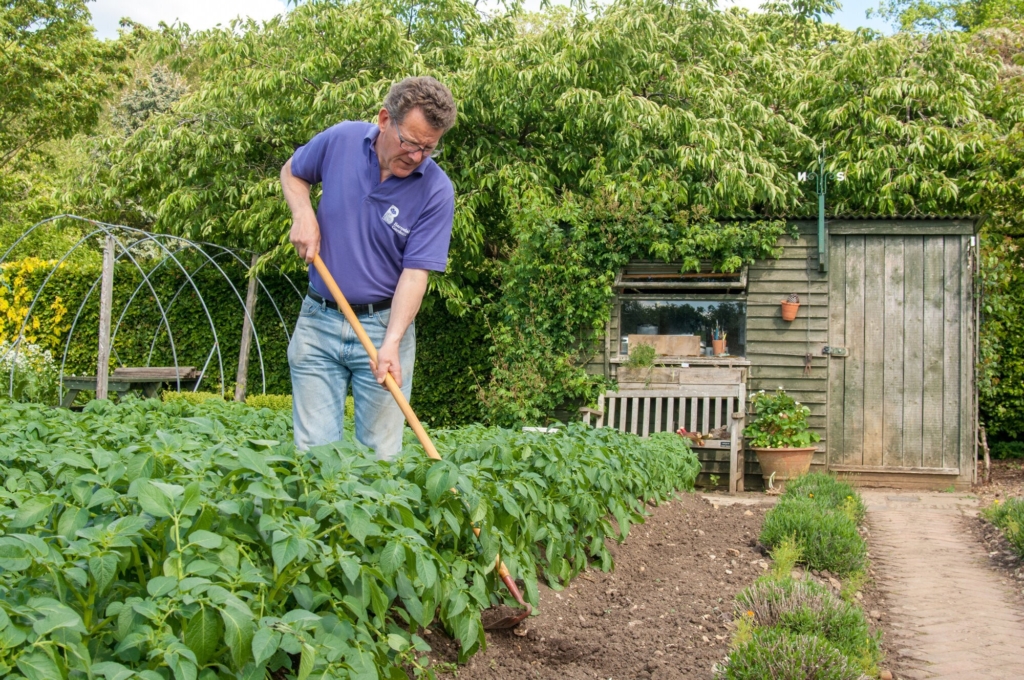
Peat free? No problem! Top tips from Nick Hamilton of Barnsdale Gardens
Nick’s knowledge on this subject knows no bounds, so here are some handy peat-free tips to get you going and growing!
Sowing and potting
Nick says “When sowing and/or potting on veg I tend not to add any other medium to the compost, such as soil, garden compost, etc. It is vital that you buy the right compost for the job, so always buy seed/cuttings (also called propagation) compost when seed sowing or taking cuttings and potting compost when potting on. This ensures that there is the right level of fertiliser in each compost for the job.”
If you use potting compost, because you have it for seed sowing, then the high rate of fertiliser is very likely to kill your seedlings. He has found that even when using the right peat-free compost for the job there is likely to be the need for supplementary feeding, depending on how long they are in the compost. The big difference between a peat-free and peat compost is that the peat-free is made from material that is still rotting down, so it is using valuable nitrogen and this may well need topping up. Slight yellowing of the leaves of seedlings and potted plants is a sure sign. The team mostly use a home-made nettle feed for supplementing any lack of nitrogen, although they also have used a seaweed feed too.
Multi-purpose compost tips
If you decide to buy a peat-free multi-purpose compost then the fertiliser levels are very low, for seed sowing, so at Barnsdale they add pelleted chicken manure when potting on seedlings and then a higher rate when potting these on into their final container and this is for veg such as tomatoes, peppers, aubergines, etc. If using a multi-purpose compost for potting up ornamental plants then you will invariably need to add either soil or your own garden compost, or a mixture of both, to the mix to give the compost more body and longevity. Nick says “I would always use a soil-based peat-free compost when potting up ornamentals as this gives them a much better rooting medium to grow into.”
Watering and peat-free
Nick says “The compost I use is wood-based and I have found that it can look dry on the surface, but is wet below, so watering will have to be re-learnt. Do not water like a peat-based compost as they are totally different mediums. I do find that lots of visitors to the Gardens want an authoritative and definitive answer as to how often they should water their containers, but they all get the same answer – you need to water them when they need it!”
Different peat-free composts will hold water differently and, as with some mixes of peat-based composts, some will also be quite free-draining, so it is about taking note and learning as you go along. Remember that during dry spells, when you find yourself watering a lot, that you will be washing nutrients out of the compost, so this will need to be topped up. As the peat-free compost and the plant put in it are both using up nitrogen, in particular, Nick has occasionally been caught out and found that the leaves on some plants have begun to yellow before he thought they would. Foliar feed seems to be taken up by a plant better and therefore rebalances the nutrient level in the plant at a faster rate and the leaves with therefore return to their normal green quicker.
If at first you don’t succeed!
As with anything new, it can take time to find the best solution. Nick spent many months mixing and trialling different ratios of ingredients and fertilisers for my main compost mix on the Nursery. In the Gardens for the veg it has been a little less precise and involved but they still ran, and still do if we try new compost, trials on the rates of our organic fertiliser and any other additives. The main point being, don’t just try one compost and if it doesn’t work give up.
Take action now
Nick’s main piece of advice about growing in a peat-free compost is “Do not wait until you are forced to use it, go out now and buy some now so that you have a chance to experiment before you have no other option.”
There’s plenty to see and do all year round at Barnsdale Gardens!
For the latest industry news visit landscapingmatters.co.uk/news
Get all of the big headlines, pictures, opinions and videos on stories that matter to you.
Follow us on Twitter and Instagram for fun, fresh and engaging content.
You can also find us on Facebook for more of your must-see news, features, videos and pictures from Landscaping Matters


